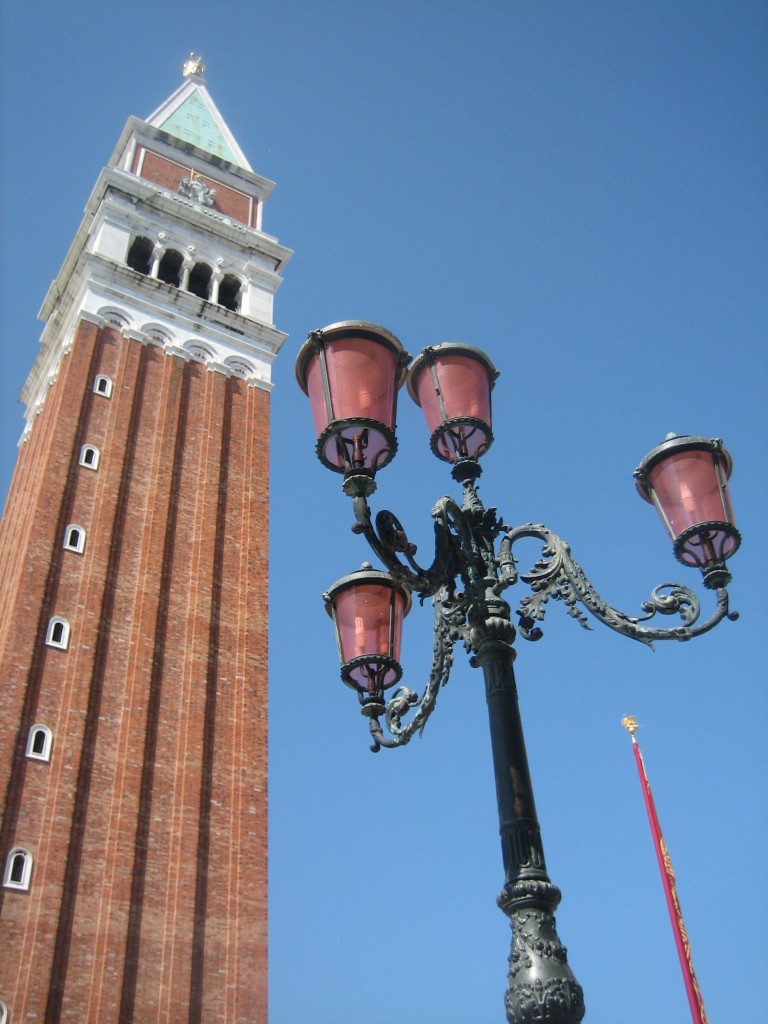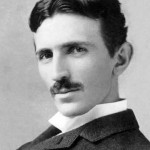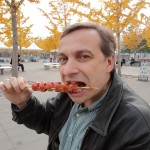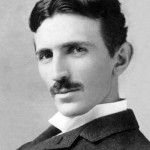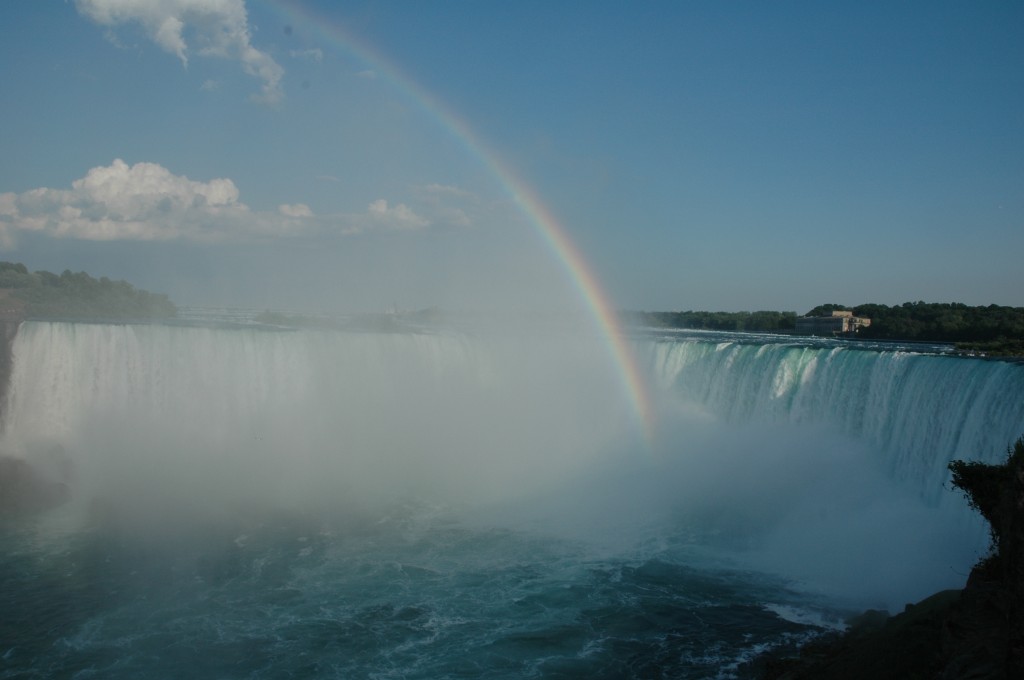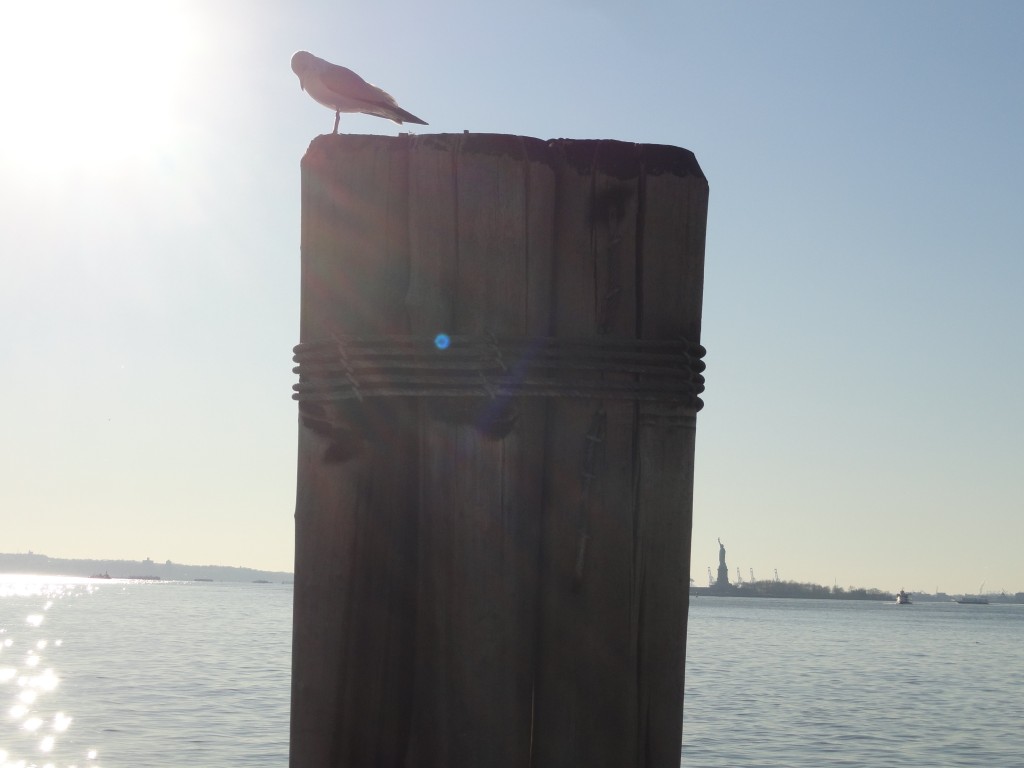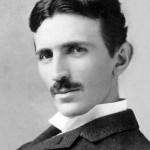 A most amazing thing has happened in the past week or so. Matthew Inman, who is the creator and creative genius behind a web cartoon called “The Oatmeal,” has hooked up with a nonprofit group called the Tesla Science Center at Wardenclyffe, to raise funds to buy the Wardenclyffe property and make it into a Nikola Tesla Museum. In just a few short days, and some really funny begging for cash, the combined efforts pulled in pledges exceeding the $850,000 goal.
A most amazing thing has happened in the past week or so. Matthew Inman, who is the creator and creative genius behind a web cartoon called “The Oatmeal,” has hooked up with a nonprofit group called the Tesla Science Center at Wardenclyffe, to raise funds to buy the Wardenclyffe property and make it into a Nikola Tesla Museum. In just a few short days, and some really funny begging for cash, the combined efforts pulled in pledges exceeding the $850,000 goal.
As the Oatmeal puts in on facebook:
“Someone jumped in at the last minute and donated $33,333. WE JUST HIT OUR GOAL: $873,169! With the matching grant from NY state, this puts us at $1.7 million raised in 6 days!”
[For those who don’t know, Tesla had an obsession with numbers divisible by three, hence the normally odd $33,333 amount]
Who would have expected that so many people would rush to remember a largely forgotten electrical scientist who died in poverty nearly 70 years ago? But they do. In an article published on the CNN website, Inman explains it this way:
“Tesla is an unsung hero, and there are very few monuments to him in the United States. I feel like that’s something we need to fix,” Inman said. “I made a comic about Tesla on my site. It got the most ‘likes’ on Facebook that I’ve ever seen in my career. Combine (the fact) that I’ve got this army of Tesla fans and the experience and success with my other fund-raiser, I felt like I was the ideal person to step in to control.”
The site is what is left of Wardenclyffe, the “World Wireless” facility built by Nikola Tesla over 100 years ago. He had planned on making it the focal point of wireless communication (radio) and electrical power. Besides the 94-foot by 94-foot laboratory building it featured a “187 feet high tower, having a spherical terminal about 68 feet in diameter.” Unfortunately, funding dried up and it fell into disuse. In 1917 the tower was demolished for scrap and Nikola Tesla became more and more reclusive before his eventual death in 1943.
For nearly 50 years the site would house a film processing company, after which it became a Superfund site, but has since changed hands several times and “has now been cleaned up and is no longer harmful.”
While the money has been raised to buy the property there is still some uncertainty as to whether the seller will agree to the sale. And if the Tesla Science Center is successful in acquiring the property it would still need to raise additional money to clean up and restore it for use as a museum. Jane Alcorn, President of the group, “expects it will be a couple of years before the museum opens, while additional funding and exhibits are arranged.”
Those wanting to donate further to the effort can go the Indiegogo site. Inman’s The Oatmeal can be found on Facebook and his website.
More information on The Tesla Science Center can be found here.
More information on Nikola Tesla: Scientific Rock Star can be found here.
Don’t forget to subscribe to the posts by email on the home page. And feel free to friend me on Facebook and LinkedIn. Share with your friends using the buttons below.



